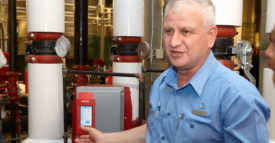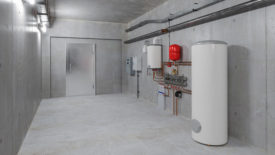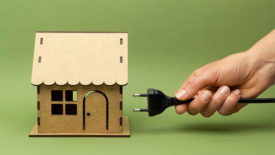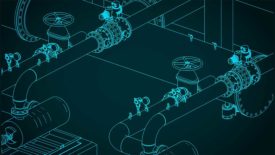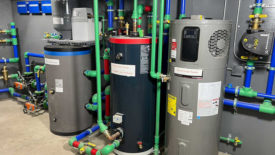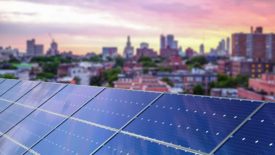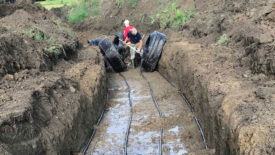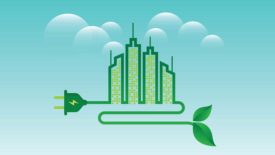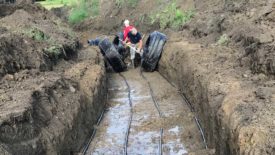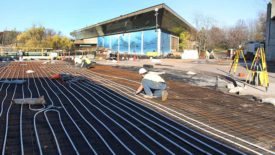Home » hydronic systems
Articles Tagged with ''hydronic systems''
Smart pump technology provides greater energy savings opportunities.
Read More
Renewable Heating Design | John Siegenthaler
Modern hydronics technology can play well with future energy markets — Part 2
March 27, 2024
Renewable Heating Design | John Siegenthaler
Modern hydronics technology offers unique solutions
Solid thinking: Part 1
February 28, 2024
Renewable Heating Design | John Siegenthaler
The challenge of reviewing proposed system schematics
Where’s Waldo?
February 1, 2024
Heat pumps maximize efficiency, combining hot water and space heating
The road to electrification and decarbonization.
January 15, 2024
Renewable Heating Design | John Siegenthaler
Complementary fuel sources
Progression to renewably sourced energy should not be immediate, or exclusive to fossil fuels.
January 3, 2024
Renewable Heating Design | John Siegenthaler
Concepts for varying flow rate in geothermal earth loops — Part 2
Max COP Tracking
November 30, 2023
As electric boilers gain popularity, gas boilers still play vital role in reduced emission designs
Retrofitting buildings to electric heat can come with several challenges.
November 16, 2023
Renewable Heating Design | John Siegenthaler
Concepts for varying flow rate in geothermal earth loops
Max COP Tracking — Part 1
November 2, 2023
What to know when designing hydronic radiant snow- and ice-melting systems for commercial applications
General concepts designers should know.
October 16, 2023
Get our new eMagazine delivered to your inbox every month.
Stay in the know on the latest plumbing, piping, hydronic and fire protection trends.
SUBSCRIBE TODAYCopyright ©2024. All Rights Reserved BNP Media.
Design, CMS, Hosting & Web Development :: ePublishing
